Baselworld 2017: 60 years of the Omega Speedmaster
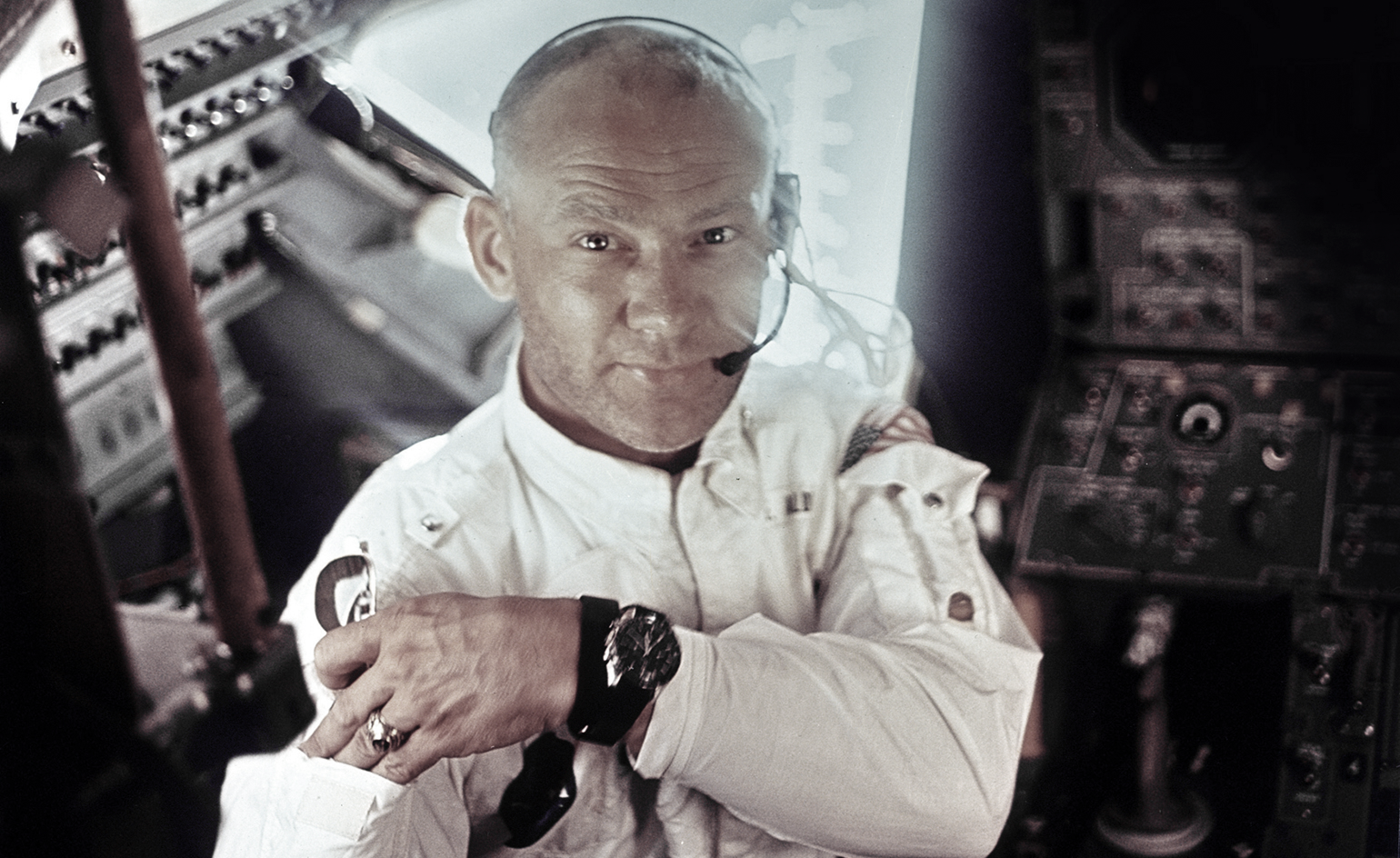
The opening of the world’s biggest watch fair, Baselworld, in Switzerland tomorrow, marks the 60th anniversary of the Omega Speedmaster. Along the way, it has generated in excess of 100 limited editions. One of the most féted horological designs of all time, the Speedmaster became the official Nasa timepiece in 1965. Buzz Aldrin (pictured, 1969), a self-confessed ’watch guy’ wore his on the Apollo 11 mission, bestowing the Speedmaster stratospheric status when it became the first watch to be worn on the moon.
To celebrate, here’s our pick of six decades of classic Speedmaster designs...
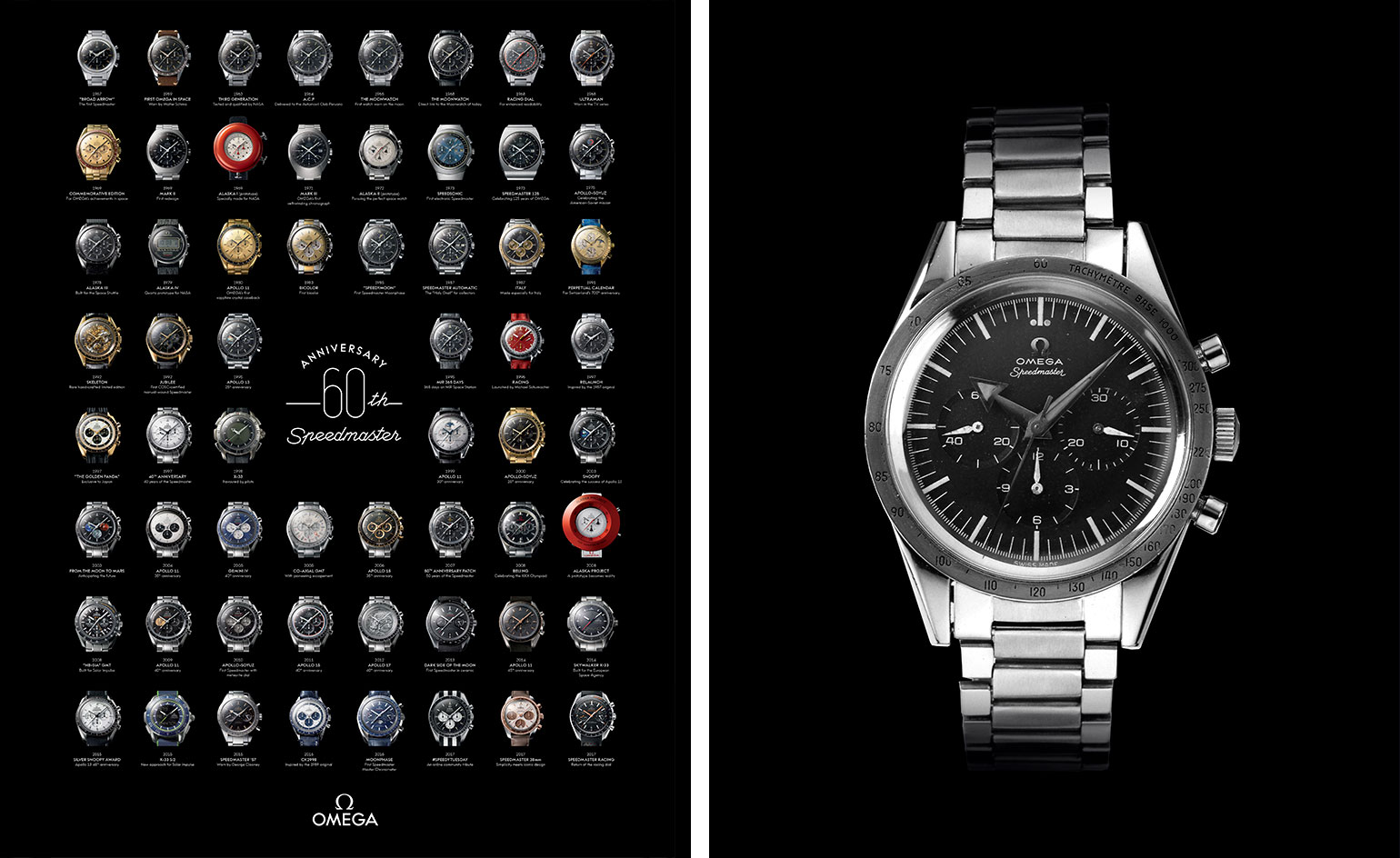
1957 The Original
Its dial simply reads ‘Speedmaster’ because space travel was the furthest thing from the designers’ minds when this watch was first conceived, as a chronograph to time sporting events. Enthusiasts call it the ‘Broad Arrow’ because of the shape of its hour hand – one of the very few design details to change over the course of its life, because the rest of it was so right.
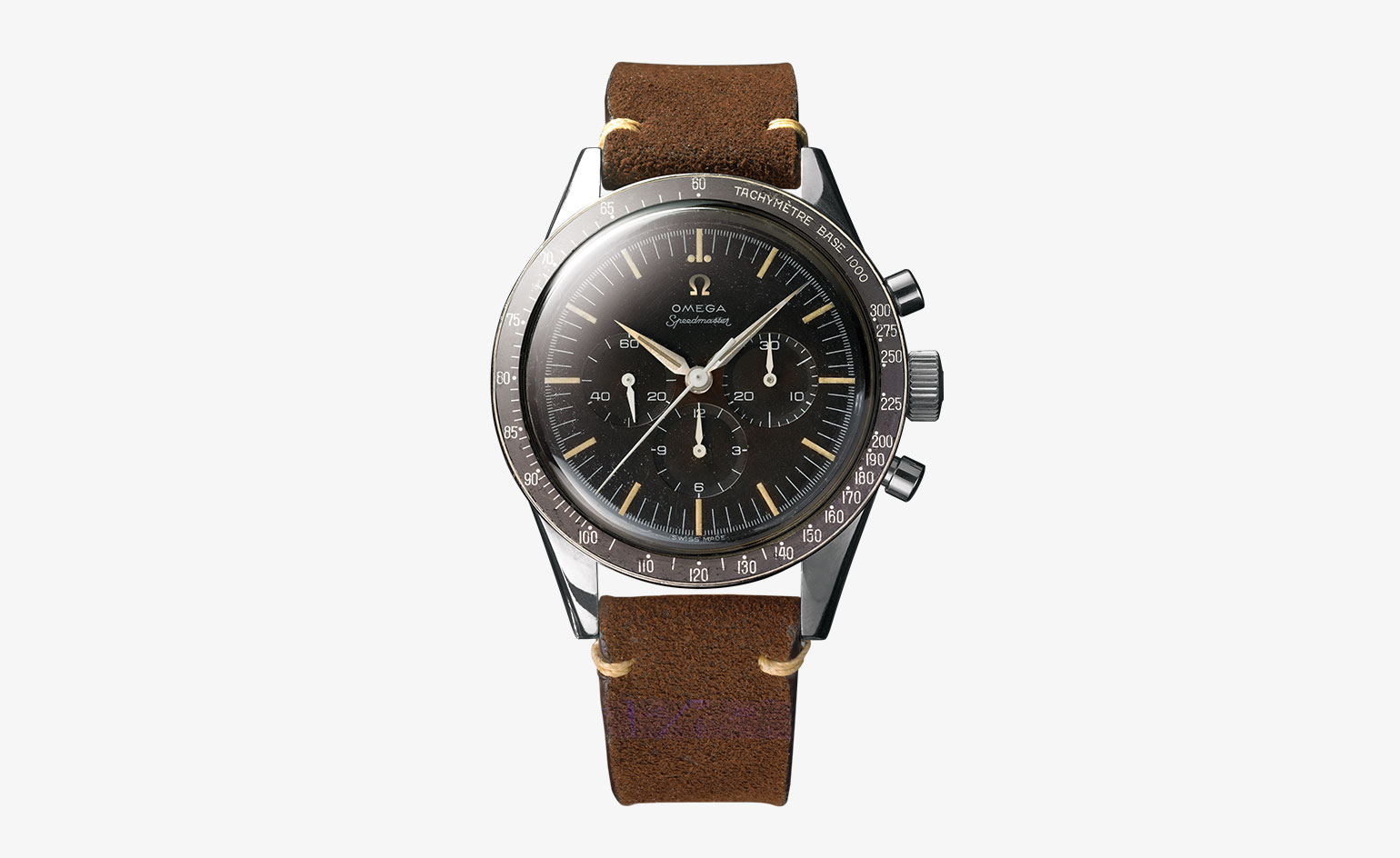
1959 First in Space
By 1959, the Speedmaster’s broad arrow hand was replaced with a dagger-type, and the bezel was changed to black aluminium. In 1963, before the Speedmaster was made official NASA issue, astronaut Wally Schirra would wear this model on a mission into space on 3 October 1962, for the Mercury programme’s Sigma 7 mission. It was thus the first Speedmaster to leave Earth.

1965 The Moon Watch
Having passed all of NASA’s tests with flying colours, the Speedmaster was officially sanctioned for the space programme. When Armstrong and Aldrin stepped onto the lunar surface in 1969, this was the version of the Speedmaster they wore. The first with an asymmetrical case, for added protection for the crown and pushers, it was also the first with a dial bearing the term ‘Professional’.
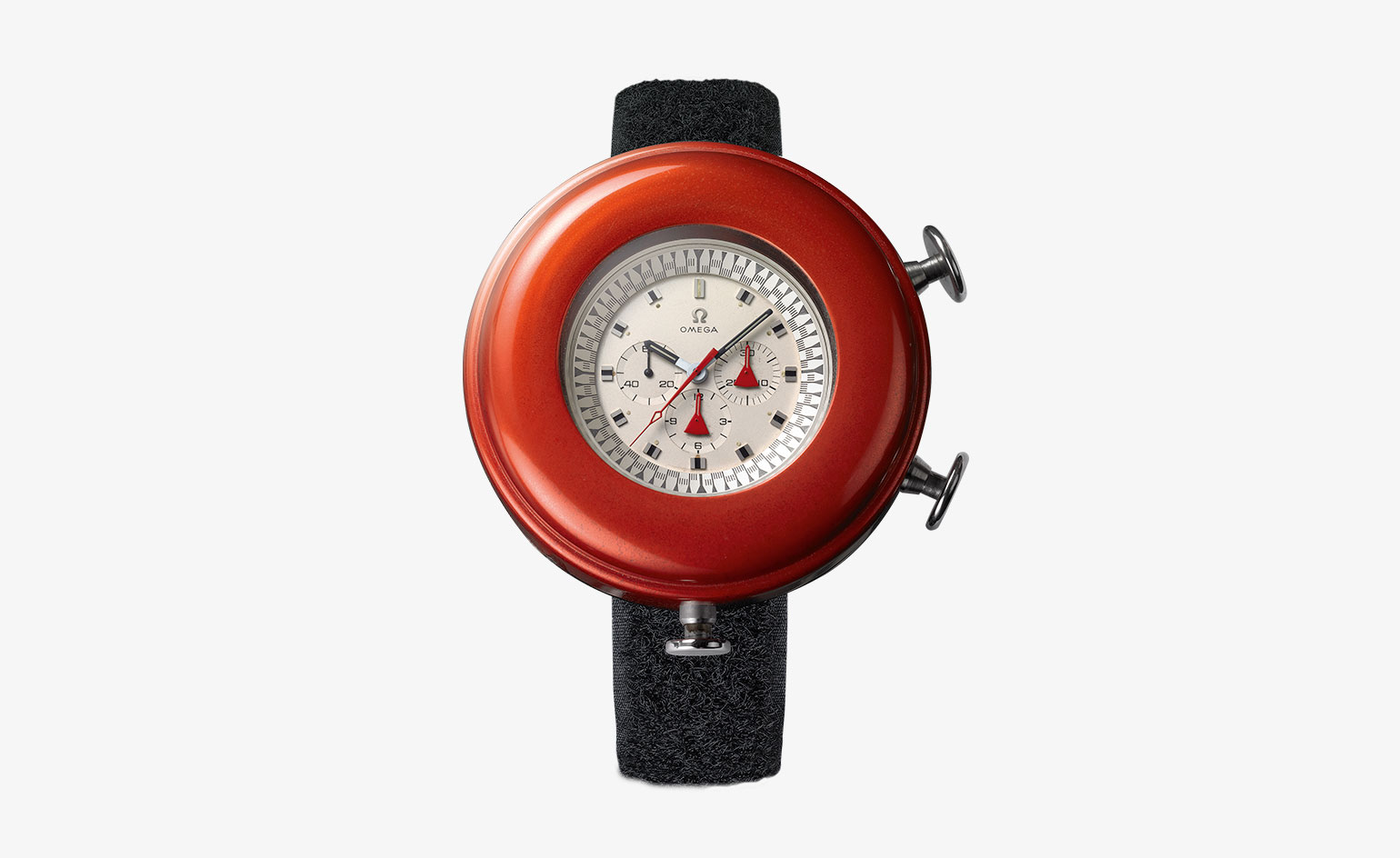
1969 Alaska I Prototype
Omega’s internal code name for anything to do with NASA was ‘Alaska’, to protect the top-secret nature of the proceedings. The ‘Alaska I’ prototype was conceived to deal with the extreme temperatures found in space, featuring a removable anodised aluminium outer case that acted as a thermal shield, as well as a titanium inner case. The white dial was employed to reflect the heat of the sun.

1971 Speedmaster Mk III
Housed in a swoopy ‘Pilot’ case, the Mk III was fitted with Omega’s first self-winding chronograph movement. Calibre 1040 was heralded by an advertisement in 1972, which stated, ‘After six landings on the moon, there was only one thing we could teach the Speedmaster. To wind itself’. This model also featured the cross-shaped 60-minute chronograph hand and a 24-hour day/night indicator at 9 o’clock.
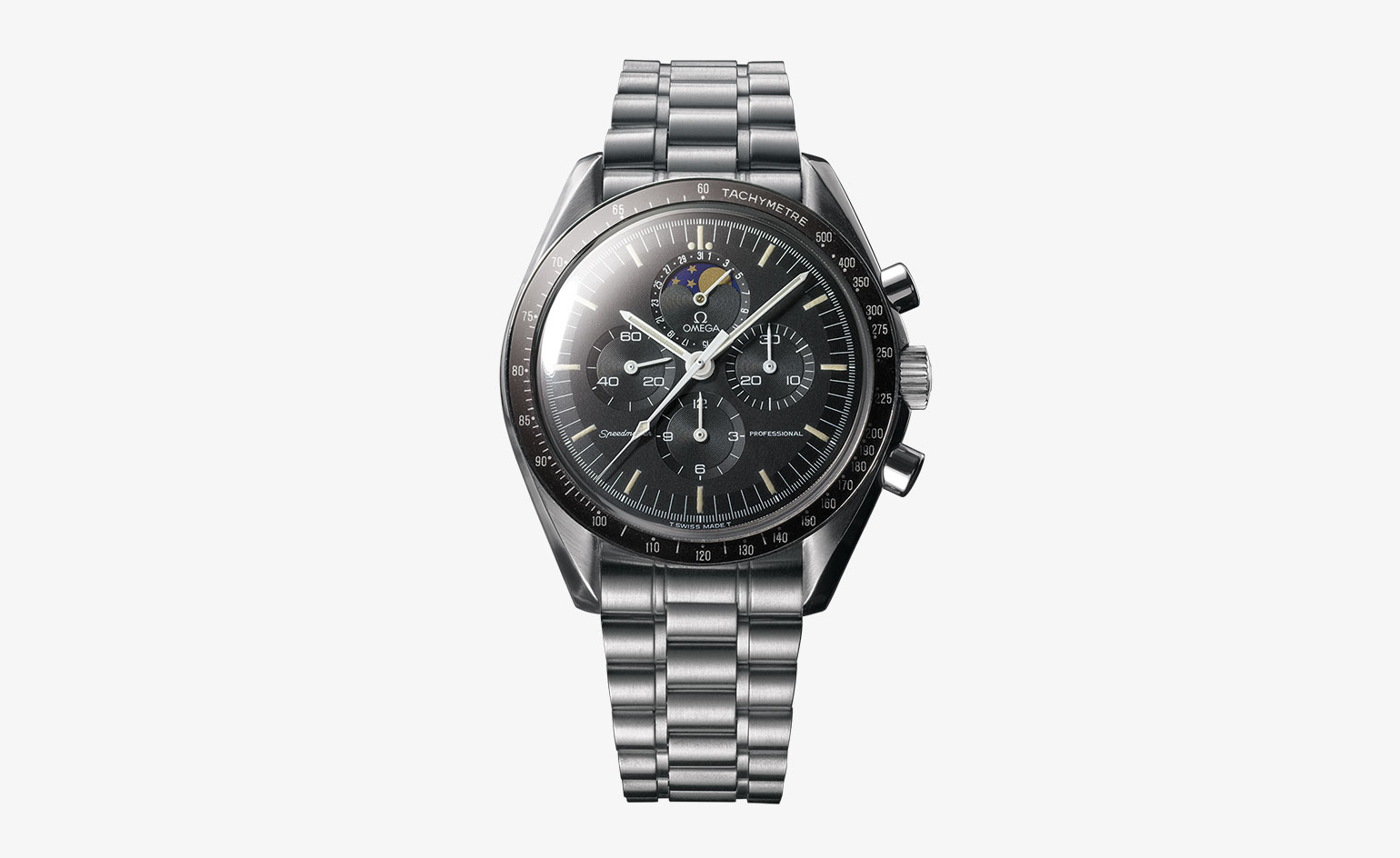
1985 First Speedmaster with moonphase
Although the Speedmaster had been to the Moon, it didn't feature a moonphase indicator until 1985. Nicknamed the ‘Speedymoon’, it was issued in a series of only 1,300 pieces. The moonphase was displayed using a disc adorned with a painted moon and stars, in a fourth sub-dial with a date function. On some rare examples, a face is also painted on the moon.

1996 Michael Schumacher
With its origins in sport, the Speedmaster Professional wasn’t restricted to space missions. When Michael Schumacher became an ambassador for Omega in 1996, it was a natural move to revive what collectors call the ‘racing dial’, from 1968. Produced with both red and yellow dials, the watch earned its name from its racing-style minute track. Its rubber presentation box resembled the tyres of F1 cars.

2003 From the Moon to Mars
While unmistakably a Speedmaster Professional, this model’s sub-dials were adorned with photorealistic images of the Moon, Earth and Mars, and bore the legend ‘From the Moon To Mars’. Its release was a response to America’s announcement that the country planned to build a permanent space station on the Moon before 2020 to act as a launch site for future manned missions to Mars.

2007 50th Anniversary
A decade ago, to mark the watch’s first half-century, Omega produced this limited edition of 5,957 pieces. One of the best-looking of all the specials, it was notable for the classic Speedmaster Professional’s dial being enhanced by a golden seahorse printed on the dial – honouring the emblem with which the Speedmaster is most closely associated – with the Omega legend in red.
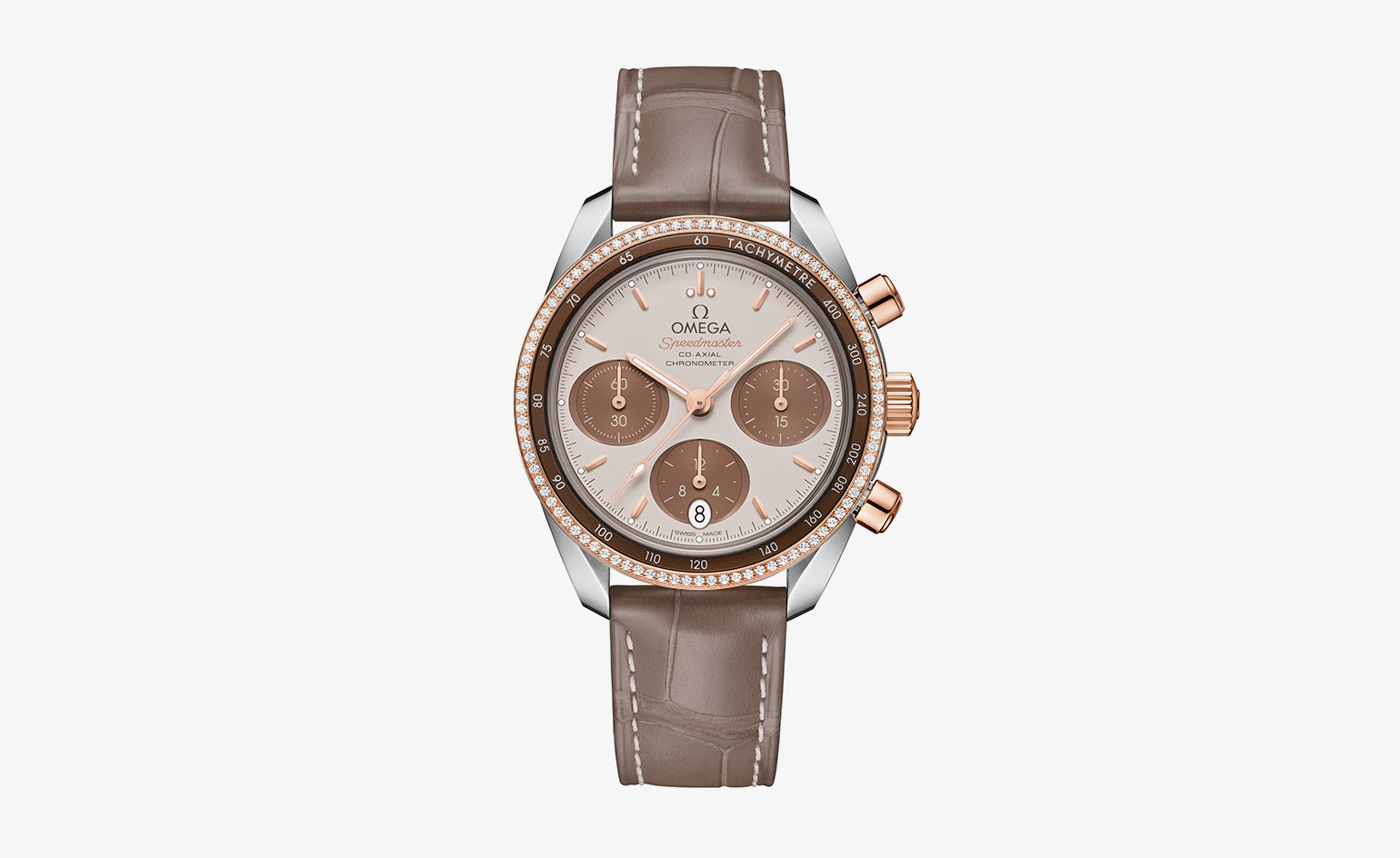
2017 Speedmaster 38 mm
Demonstrating the versatility of the basic design from 1957, this year’s new, smaller Speedmaster 38mm gains feminine appeal and a hint of luxury. Sticking with the basic chronograph topology, this all-new ladies’ model features a diamond-paved bezel with its tachymeter scale on a brown aluminium ring. In addition to the fresh colours, the eye is drawn to oval apertures for the sub-dials.
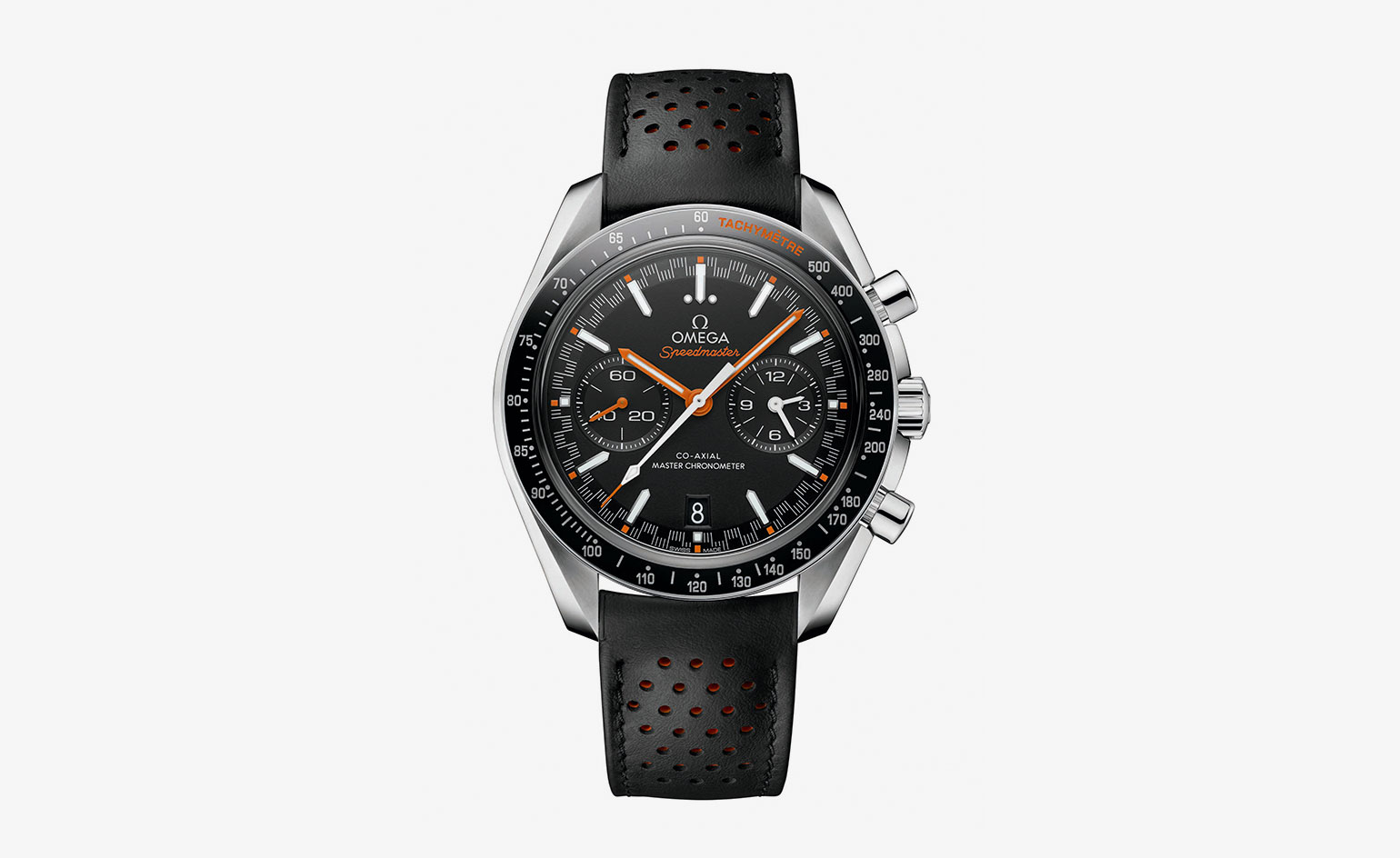
2017 Speedmaster Racing Master Chronometer
‘Racing’ is the operative term for this new 2017 offering, recalling the dial details of the 1996 Schumacher model. Here, the background is matt black, while the rest of the new watch’s name tells you that it boasts chronometer certification. Omega expanded the sub-dials to enhance legibility, and the 44.25mm case is thinner than before, to improve comfort. The finishing touch is the polished ceramic bezel with brushed Liquidmetal tachymeter scale.
Receive our daily digest of inspiration, escapism and design stories from around the world direct to your inbox.
-
 Aesthetics and acoustics come together in the Braque speakers from Nocs Design
Aesthetics and acoustics come together in the Braque speakers from Nocs DesignThe Braque speakers bring the art of noise, sitting atop a brushed steel cube that wouldn’t look out of place in a contemporary gallery
-
 Inside the seductive and mischievous relationship between Paul Thek and Peter Hujar
Inside the seductive and mischievous relationship between Paul Thek and Peter HujarUntil now, little has been known about the deep friendship between artist Thek and photographer Hujar, something set to change with the release of their previously unpublished letters and photographs
-
 In addition to brutalist buildings, Alison Smithson designed some of the most creative Christmas cards we've seen
In addition to brutalist buildings, Alison Smithson designed some of the most creative Christmas cards we've seenThe architect’s collection of season’s greetings is on show at the Roca London Gallery, just in time for the holidays
-
 Samuel Ross unveils his Hublot Big Bang watch design
Samuel Ross unveils his Hublot Big Bang watch designSamuel Ross brings a polished titanium case and orange rubber strap to the Hublot Big Bang watch
-
 Playful design meets chic heritage in the Hermès Kelly watch
Playful design meets chic heritage in the Hermès Kelly watchThe new Kelly watch from Hermès rethinks the original 1975 timepiece
-
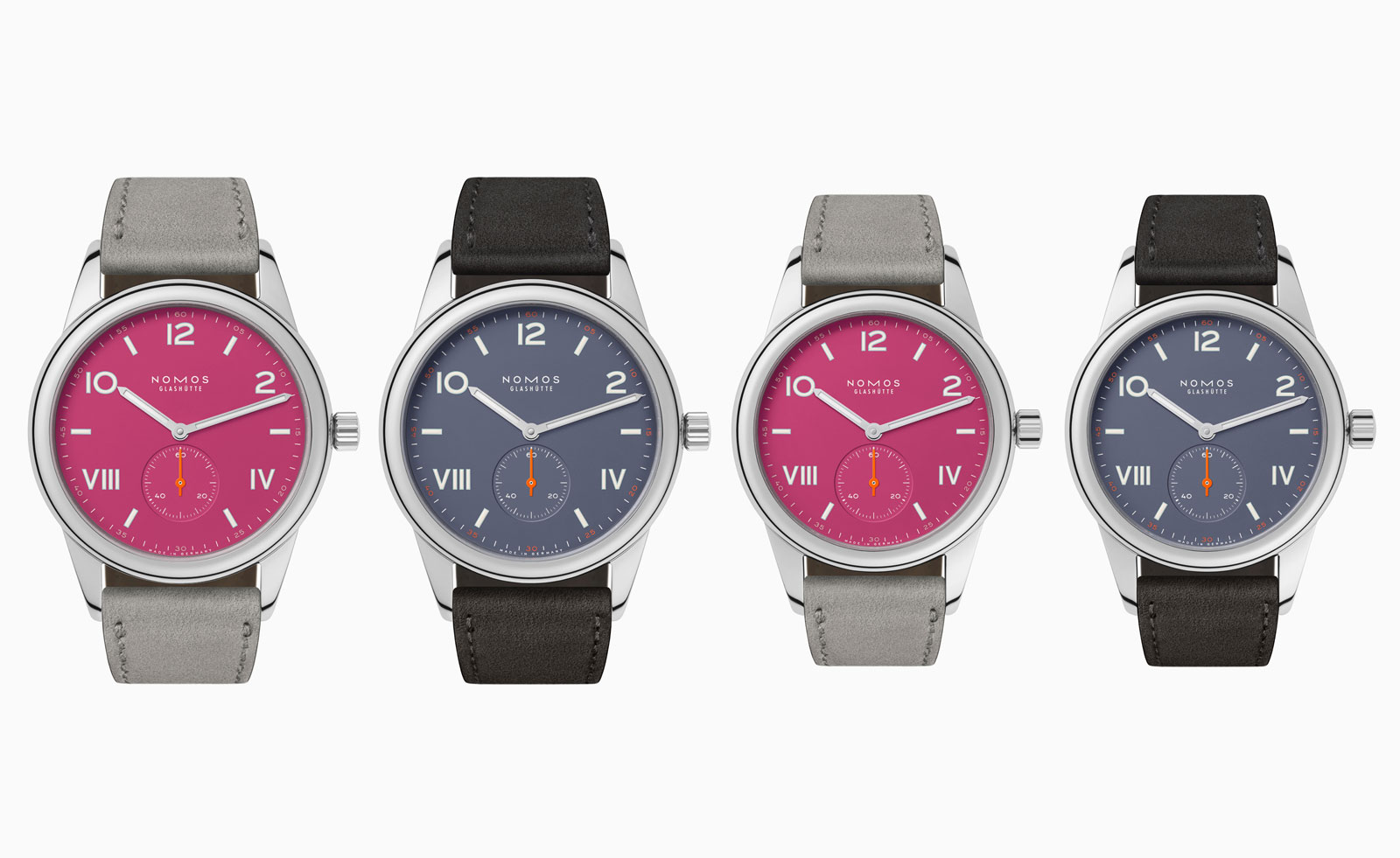 Discover the tonal new hues of the classic Nomos Club Campus watch
Discover the tonal new hues of the classic Nomos Club Campus watchThe Nomos classic wristwatch Club Campus now comes in two new collegiate colours. The perfect graduation gift from the Glashütte manufacture
-
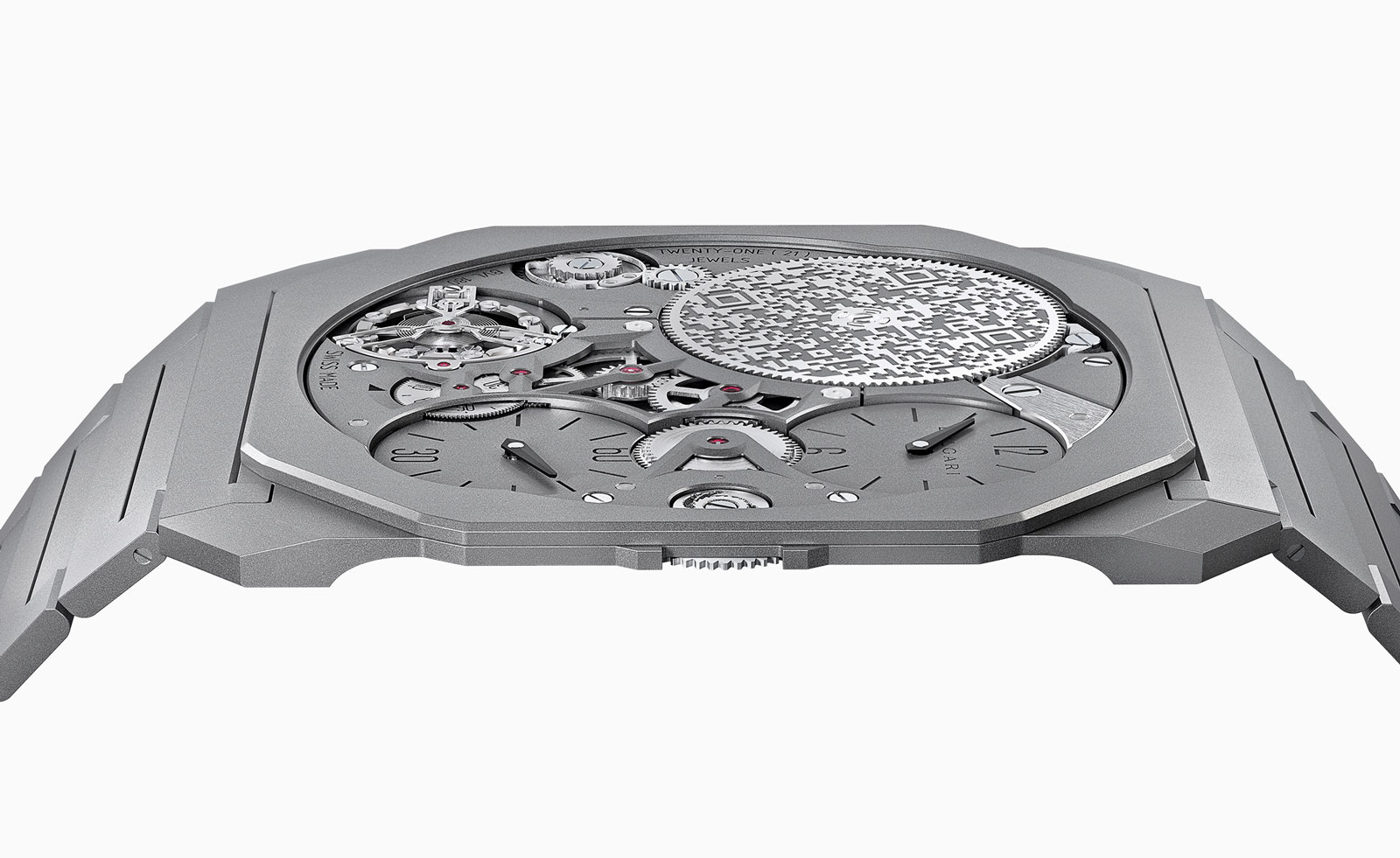 Bulgari unveils the thinnest mechanical watch in the world
Bulgari unveils the thinnest mechanical watch in the worldThe new Bulgari Octo Finissimo Ultra watch is a record-breaking feat of engineering
-
 Breitling and Triumph unite on a racy new watch and motorcycle
Breitling and Triumph unite on a racy new watch and motorcycle1960s design codes are infused with a contemporary edge in the collaboration between Breitling and Triumph
-
 Gerald Genta’s mischievous Mickey Mouse watch design is rethought for a new era
Gerald Genta’s mischievous Mickey Mouse watch design is rethought for a new eraThe Gerald Genta Retrograde with Smiling Disney Mickey Mouse watch pays tribute to Genta’s humorous design codes
-
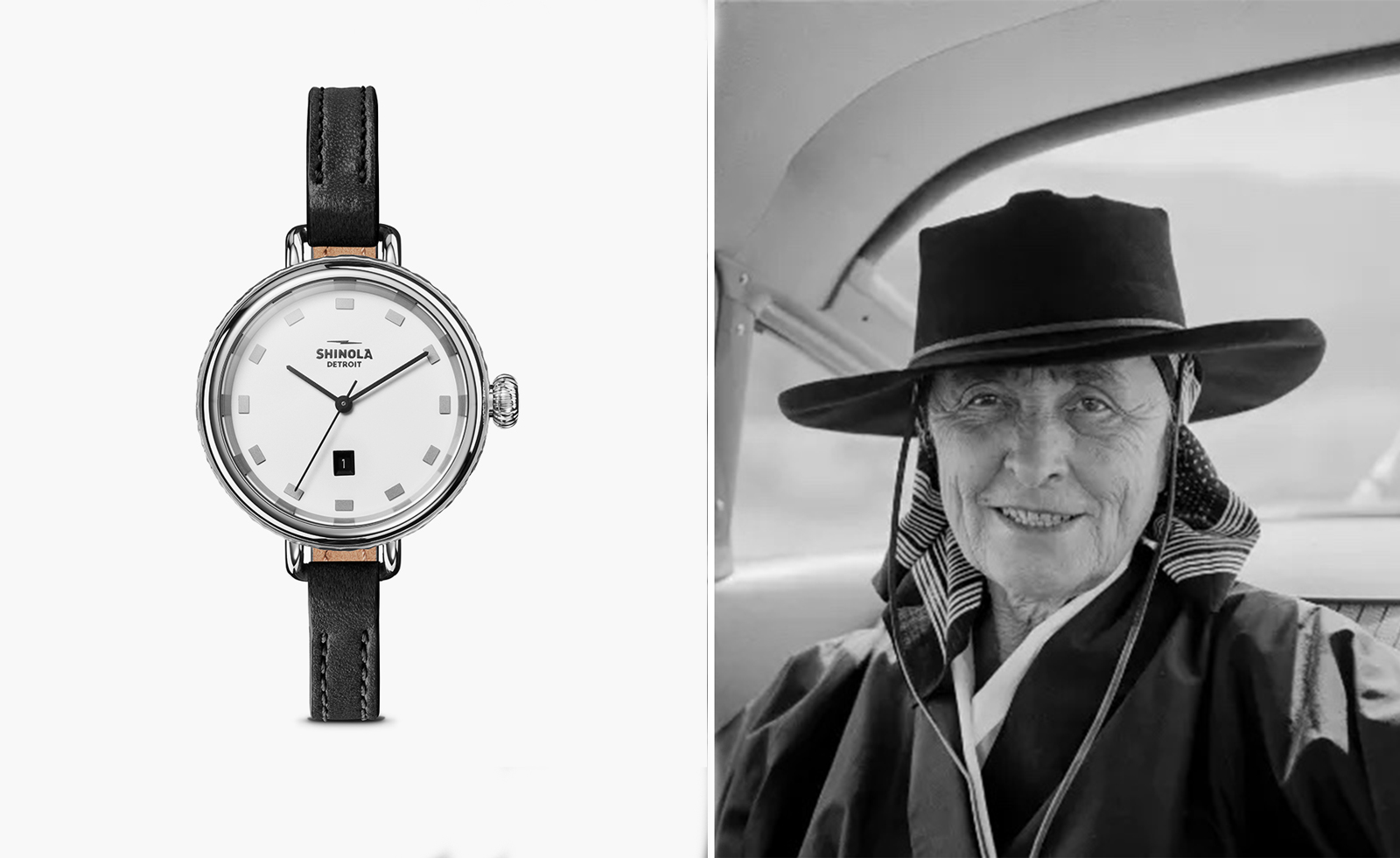 Shinola honours Georgia O’Keeffe with a new watch
Shinola honours Georgia O’Keeffe with a new watchShinola Birdy watch stays faithful to the minimalist codes of Georgia O’Keeffe’s painting, My Last Door
-
 Bulgari’s new book celebrates women and high jewellery
Bulgari’s new book celebrates women and high jewelleryBulgari Magnifica: The Power Women Hold, published by Rizzoli New York, takes a closer look at the female muses who inspired the spectacular Magnifica high jewellery collection